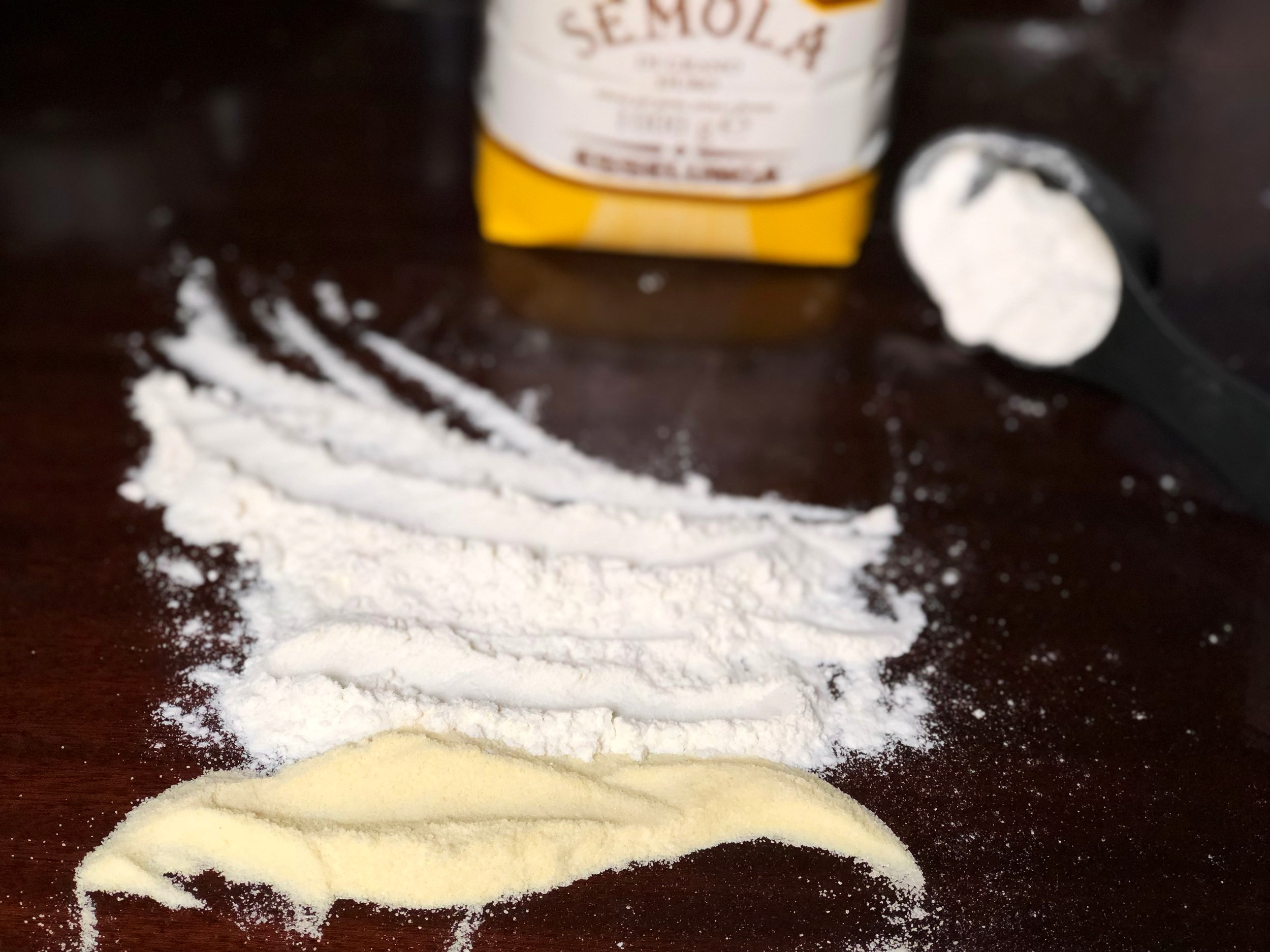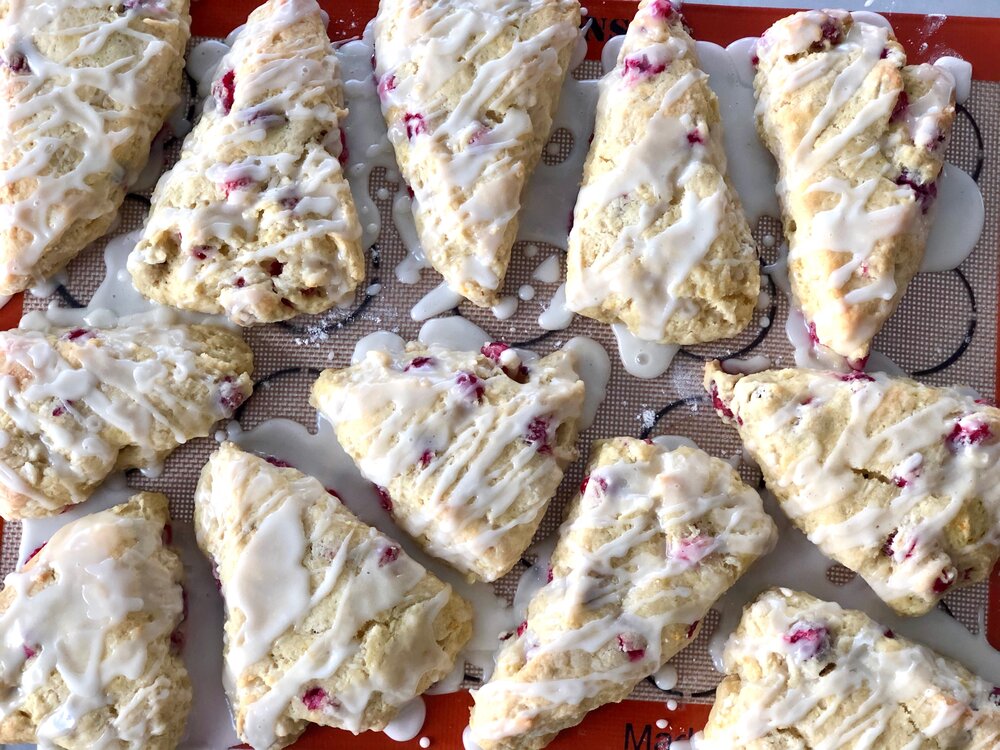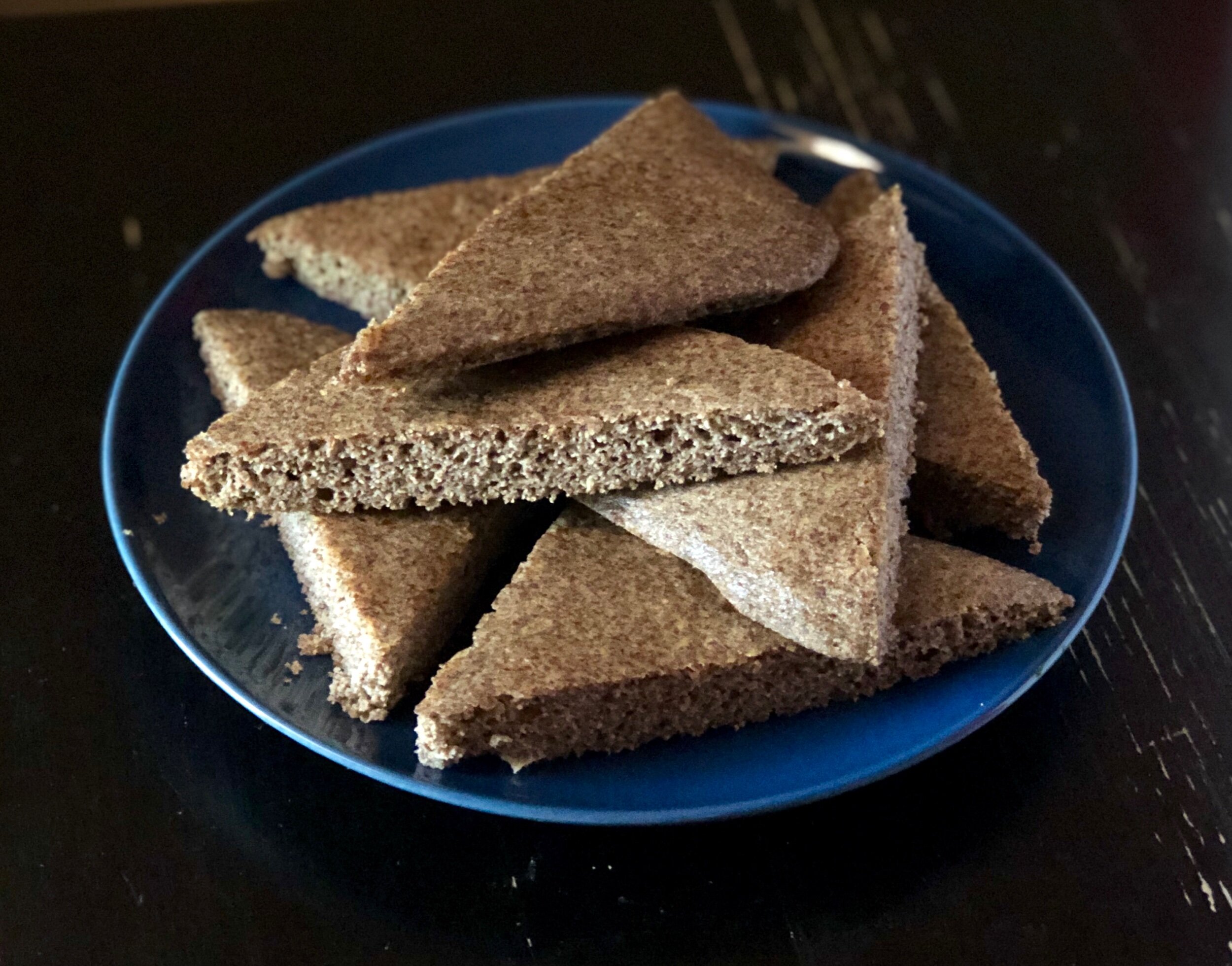Homemade Italian Dressing
/Simple goodness: Arugula tossed with Homemade Italian Dressing
Have you ever thought to make homemade Italian dressing? I certainly hadn’t, until this summer, as it’s usually something I buy. Why bother making it homemade when it’s cheap and I really don’t use it that often? Except for pasta salad, and I’ve been allll about the pasta salads this summer.
First I wanted the classic creamy pasta salad (dressing made with mayo and mustard), then the Italian dressing pasta salad, then I started going off and making up my own, like this Greek Pasta Salad I posted a couple weeks ago. But you know what’s ironic? You can’t find Italian dressing in Italy. Italian dressing is very American. Italians dress their salads with a quality olive oil, salt and pepper, generally speaking. One time I was in Switzerland grocery shopping and saw American dressing. I’m American and had no idea what it was. It was creamy, maybe like Ranch? Haha. I was amused. I wonder if that’s how Italians feel about Italian dressing.
Being in Italy with no Italian dressing ready made at the store, I figured I would see if I could find a homemade recipe. Surreeee there are plenty on the interwebs! And easy enough ingredients, you probably have them all on hand, as I did. Olive oil, vinegar, some spices…I looked at several different recipes, looked up the ingredients for “classic” Kraft Italian dressing, and combined a few of them to create a bit of my own version. It’s tangy and got the job done! Success. Made a delicious pasta salad and had a bit leftover even to dress some regular ol’ salads.
It probably won’t taste exactly like the store bought version, but maybe better if you’re not a die-hard Kraft fan? Some of the ingredients listed on the Kraft Zesty Italian dressing are a bit vague, like “spice,” which can be hard to replicate, but the bright side is that you can control the quality and freshness of ingredients going into your dressing. Better yet, no preservatives at all!
Great for salads, pasta salad, marinades for all types of proteins!
This post may contain affiliate links. If you make a purchase using these links, Jennyblogs may receive a small commission, at no extra cost to you. This helps to support Jennyblogs. For further information see the privacy policy. Grazie!
Recipe adapted from Kraft, Five Heart Home, and the Whole Cook
Homemade Italian Dressing
Makes about 1 cup dressing
I clearly need to figure out how to attractively photograph liquids…and find my whisk. (Recently moved apartments.) But hey, forks work, too!
Ingredients:
3/4 cup / 168g extra virgin olive oil
1/4 cup / 60g red or white wine vinegar
1 tsp / 5g lemon juice
1 tsp / 7g honey
3/4 tsp dried basil
1/2 tsp dried oregano
1/2 tsp garlic powder
1/2 tsp salt
1/4 tsp onion powder
1/4 tsp crushed red pepper
1/4 tsp black pepper
1/4 cup / 25g grated parmesan cheese, optional
Directions:
Whisk or shake all ingredients together; taste and adjust seasonings as desired.
Store in fridge, shake well before using.
Jenny’s Notes:
This is one of those very versatile and very easily adjustable recipes, no one says you have to follow this one to a T! If you don’t have red or white wine vinegar, use what you have on hand. Even the olive oil can be switched out for what you have. While olive oil will give you the heartiest flavor, technically Kraft uses a bunch of rather junkier oils that don’t add much to the flavor profile (soybean, canola), but oils do tone the vinegar in dressings/vinaigrettes. The spices can be upped if you want a very zesty dressing, or you can add another teaspoon of honey to help tone it down a bit.
You could also finely dice red bell pepper to add to this instead of the crushed red pepper, but that seemed like more work than I wanted to put in for this “whip up” type recipe. Plus, I like the touch of added spice, even if not original.

Homemade Italian Dressing
Ingredients:
- 3/4 cup / 168g extra virgin olive oil
- 1/4 cup / 60g red or white wine vinegar
- 1 tsp / 5g lemon juice
- 1 tsp / 7g honey
- 3/4 tsp dried basil
- 1/2 tsp dried oregano
- 1/2 tsp garlic powder
- 1/2 tsp salt
- 1/4 tsp onion powder
- 1/4 tsp crushed red pepper
- 1/4 tsp black pepper
- 1/4 cup / 25g grated parmesan cheese, optional
Instructions:
- Whisk or shake all ingredients together; taste and adjust seasonings as desired.
- Store in fridge, shake well before using.
Notes:
Calories
204.62Fat (grams)
21.89Sat. Fat (grams)
3.39Carbs (grams)
1.58Fiber (grams)
0.14Net carbs
1.44Sugar (grams)
0.75Protein (grams)
0.98Sodium (milligrams)
202.78Cholesterol (grams)
2.69






















































